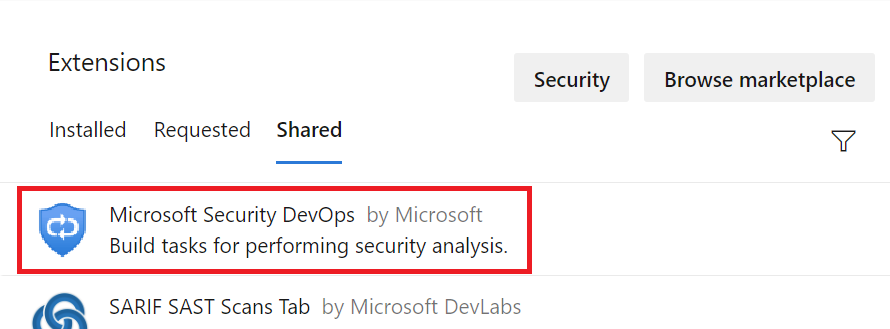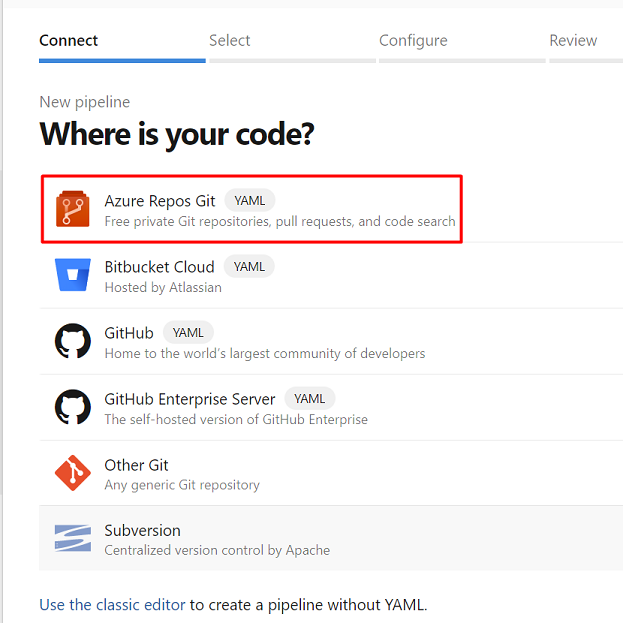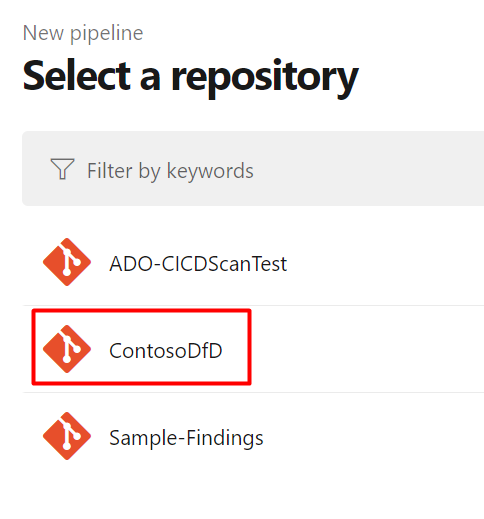Microsoft Security DevOps is a command line application that integrates static analysis tools into the development lifecycle. Microsoft Security DevOps installs, configures, and runs the latest versions of static analysis tools (including, but not limited to, SDL/security and compliance tools). Microsoft Security DevOps is data-driven with portable configurations that enable deterministic execution across multiple environments.
The Microsoft Security DevOps uses the following Open Source tools:
| Name | Language | License |
|---|---|---|
| AntiMalware | AntiMalware protection in Windows from Microsoft Defender for Endpoint, that scans for malware and breaks the build if malware has been found. This tool scans by default on windows-latest agent. | Not Open Source |
| Bandit | Python | Apache License 2.0 |
| BinSkim | Binary--Windows, ELF | MIT License |
| Checkov | Terraform, Terraform plan, CloudFormation, AWS SAM, Kubernetes, Helm charts, Kustomize, Dockerfile, Serverless, Bicep, OpenAPI, ARM | Apache License 2.0 |
| ESlint | JavaScript | MIT License |
| IaCFileScanner | Template mapping tool for Terraform, CloudFormation, ARM Template, Bicep | Not Open Source |
| Template Analyzer | ARM Template, Bicep | MIT License |
| Terrascan | Terraform (HCL2), Kubernetes (JSON/YAML), Helm v3, Kustomize, Dockerfiles, CloudFormation | Apache License 2.0 |
| Trivy | container images, Infrastructure as Code (IaC) | Apache License 2.0 |
Note
Effective September 20, 2023, the secrets scanning (CredScan) tool within the Microsoft Security DevOps (MSDO) Extension for Azure DevOps has been deprecated. MSDO secrets scanning will be replaced with GitHub Advanced Security for Azure DevOps.





